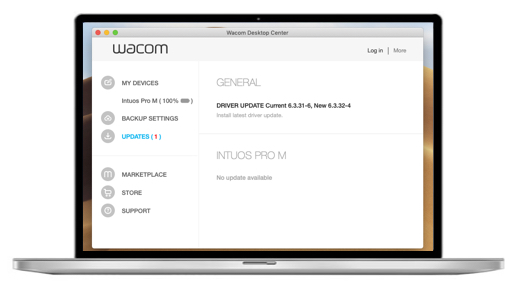
A recent report by BESA (the British Educational Suppliers Association) says that the integration of such technology is set to continue, and this is where the wireless TabCam comes in.” Nigel Roberts, AVer’s marketing manager to Europe, says: “Students are comfortable using tablets and laptops in their everyday lives and increasingly in the classroom, but the true educational benefits are yet to be fully realised. These “broadcasts” can then be recorded and saved by users and it is also possible to take notes within the app while the live video is streaming. All this works wirelessly over the school network. Resources, science experiments and student work can be filmed and the images streamed in real time on to the tablet. The camera is positioned on a lightweight flexible arm and can be pointed at pretty much anything in the classroom.

The TabCam works by pairing a wireless camera with a tablet app. Tablet computers are already creeping into classrooms and many predict that schools providing a tablet machine to every student will soon be in the majority.īut what do you do with these tablets when they reach the classroom? Earlier this year, tech solution firm AVer released the TabCam, which, it claims, will “turn tablet devices into interactive teaching tools”. Inevitably, this will have an impact on schools. Analysts from International Data Corporation say that, at the current rate, sales will outstrip those of desktop and laptop computers within two years.

According to market insight company Canalys, global tablet sales increased by 43 per cent in the second quarter of 2013 compared with the same period last year. Anyone who once wrote off the tablet computer must be feeling pretty foolish.


 0 kommentar(er)
0 kommentar(er)
